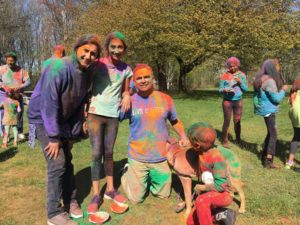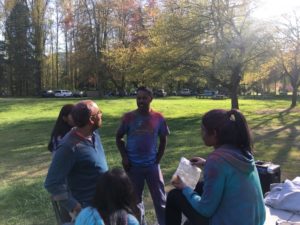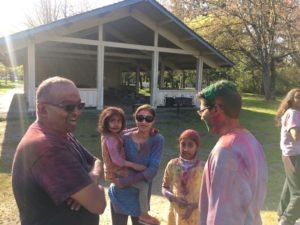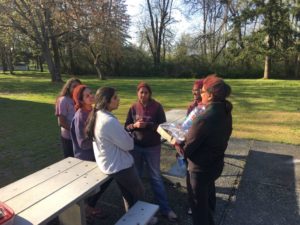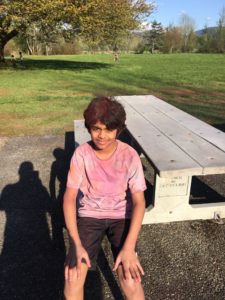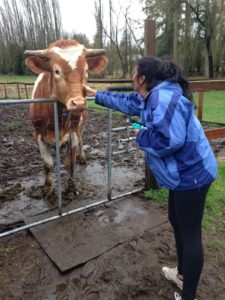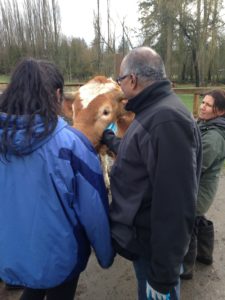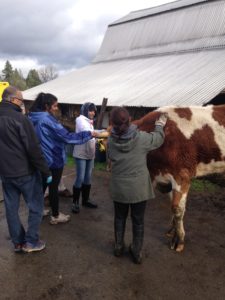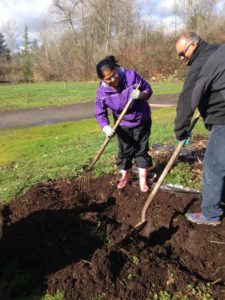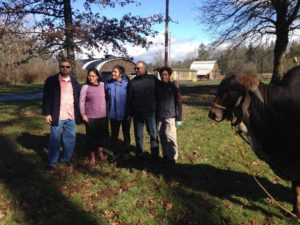Science and spirituality are often seen as incompatible or even antagonistic in the Western world. The history of science in Europe is marked by conflicts and persecutions between the scientific community and the religious authorities, especially the Catholic Church. Many scientists who challenged the established doctrines of the Church faced censorship, condemnation, or even death for their discoveries and theories.
One of the most famous examples of this clash is the case of Galileo Galilei, who was tried by the Inquisition in 1633 for defending the heliocentric model of the solar system, which placed the Sun at the center instead of the Earth. This contradicted the literal interpretation of the Bible, which stated that the Earth was immovable and created by God. Galileo was forced to recant his views and spent the rest of his life under house arrest.
Another example is Nicolaus Copernicus, who first proposed the heliocentric theory in his book On the Revolutions of Heavenly Bodies, published in 1543. Although he died shortly after its publication, his book was later banned by the Church and placed on the Index of Prohibited Books.
These are just two of the many scientists who were persecuted by the Church for their scientific inquiries. Others include Giordano Bruno, who was burned at the stake in 1600 for his cosmological views and heretical beliefs; Michael Servetus, who was executed in 1553 for his studies on human anatomy and blood circulation; and Girolamo Fracastoro, who was excommunicated in 1546 for his theory on contagious diseases.
In contrast to this hostile attitude towards science, Sanatan Dharma, or Hinduism, has always embraced science as a part of spirituality. Sanatan Dharma is not a dogmatic religion, but a way of life that seeks to understand the ultimate reality through various paths, such as Bhakti, Yoga, Dhyan(meditation), Karma and Knowledge/Inquiry(Vichara).
Science is seen as a means to explore and appreciate the wonders of creation, and to enhance human well-being and happiness. There are broadly two type of knowledge –
Apara Vidhya– knowledge about the physical nature of the universe. largely our modern science deals with this type of knowledge system.
Para Vidhya– Knowledge about the source, fundamental substratum or the ultimate reality. this is to understand and appreciate what is ‘really’ “real”. while the Para Vidhya is considered to be the highest wisdom, Apara Vidhya was also considered significantly important to learn and prosper the worldly(samsarik) life. In fact, three of the four Purusharthas of sanatan dharma deals with the Apara Vidhya (Dharma, Artha, Kama), while the fourth ‘Moksha’ is achieved through Para Vidhya.
Sanatan Dharma has a rich and ancient tradition of scientific knowledge and innovation, dating back to thousands of years. Some of the fields that Hindu sages, seers, and scientists contributed to include:
Physics: The concept of atomism was developed by the ancient Indian philosophers Kanada and Pakudha Katyayana, who proposed that all matter is composed of indivisible, indestructible units called paramanu (atoms). The Nyaya school of logic also developed a theory of inference and deduction based on the syllogism. The Vaisheshika school of philosophy formulated a system of natural philosophy that explained the nature and behavior of matter, force, space, time, motion, and causation. The Samkhya school of philosophy proposed a dualistic ontology of purusha (consciousness) and prakriti (matter), and explained the evolution of the universe from the primordial state of equilibrium.
Chemistry: The science of alchemy and metallurgy was advanced by the Indian chemists Nagarjuna and Nityanatha, who discovered many methods of extracting metals, alloys, salts, and minerals from ores and plants. They also wrote treatises on the preparation of mercury, sulfur, and arsenic compounds. The Rasashastra branch of Ayurveda dealt with the medicinal use of metals, minerals, gems, and herbs, and developed techniques for purification, calcination, sublimation, distillation, and amalgamation. The Agastya Samhita is an ancient text that contains instructions for making an electric battery using a clay pot, copper plate, iron rod, and lemon juice.
Cosmology: The Vedas and the Puranas contain cosmological theories that describe the origin, structure, and cycles of the universe. The Surya Siddhanta and the Aryabhatiya are astronomical texts that present accurate calculations of planetary motions, eclipses, and the size and shape of the earth. The Siddhanta Shiromani is a comprehensive treatise on astronomy that covers topics such as planetary orbits, heliocentrism, gravity, tides, lunar phases, solar and lunar eclipses, comets, and stars. The Nasadiya Sukta is a hymn in the Rig Veda that expresses a philosophical speculation on the creation of the universe from nothingness.
Mathematics: The Indian mathematicians made remarkable discoveries in the fields of arithmetic, algebra, geometry, trigonometry, and calculus. Some of the notable mathematicians are Aryabhata, Brahmagupta, Bhaskara II, Mahavira, and Srinivasa Ramanujan.
They invented the decimal system, the concept of zero, negative numbers, fractions, quadratic equations, infinite series, and many more. They also developed methods for solving linear and quadratic indeterminate equations (Diophantine equations), finding integer solutions to Pell’s equation, computing square roots and cube roots (Shulba Sutras), finding trigonometric values (Sine table), approximating irrational numbers (Madhava series), calculating pi (Aryabhata’s method), finding areas and volumes (Bhaskara’s calculus), and discovering infinite series expansions for trigonometric functions (Madhava-Leibniz series) .
Medicine: The system of Ayurveda is one of the oldest and most comprehensive systems of medicine in the world. It is based on the principles of balance, harmony, and prevention. The Charaka Samhita and the Sushruta Samhita are two of the most important texts on Ayurveda that cover topics such as anatomy, physiology, pathology, diagnosis, treatment, surgery, pharmacology psychology, and gynecology.
Ayurveda believes that every person has a unique constitution (prakriti) that is determined by the combination of three life forces (doshas): vata (air and space), pitta (fire and water), and kapha (water and earth). The balance of these doshas affects the physical, mental, and emotional health of a person. Ayurveda also considers the influence of the environment, the seasons, the diet, the lifestyle, and the mind on the health of a person.
These are some examples of how science and spirituality were not separate in Sanatan Dharma. Hinduism recognizes that both science and spirituality are essential for human development and harmony. Science helps us to understand the external world, while spirituality helps us to understand ourselves and our connection with the divine. Hinduism encourages scientific inquiry and innovation, as long as they are guided by principles (Dharma) and compassion. Hinduism also respects the diversity and pluralism of scientific and spiritual views, and does not impose any dogma or authority on them.
Hinduism believes that truth is one, but sages call it by various names.
Hari OM!!
